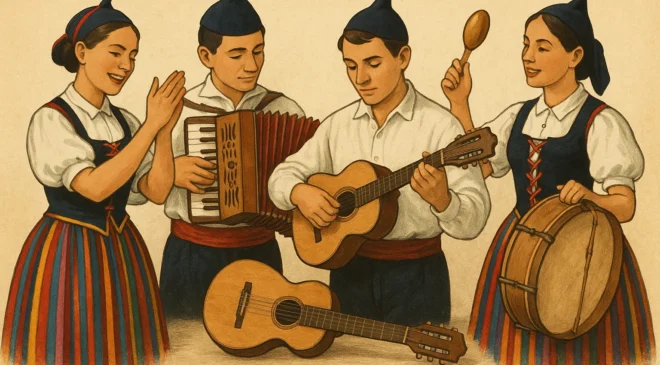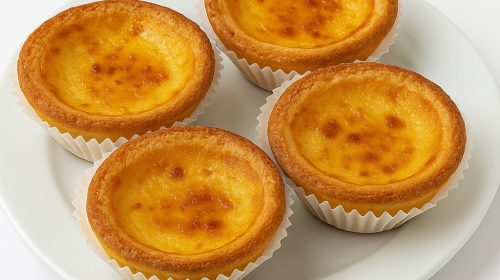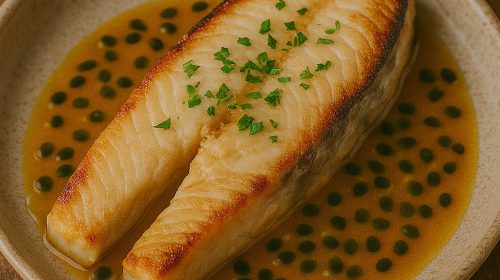Madeiran Music and Folklore: What Makes This Heritage Unique
The culture of Madeira is a fusion of ancestral traditions, historical influences, and island life.
Among the elements that most define the island’s identity, music and folklore stand out as expressions that preserve the collective memory and strengthen the community’s sense of belonging.
This intangible heritage, passed down from generation to generation, remains alive in festivals, on stage, and in the streets, captivating visitors and inspiring contemporary musicians.
Madeiran music and folklore are more than entertainment: they represent the history, customs, and creativity of a people who have embraced outside influences without losing their cultural essence.
Historical origins and cultural influences
The musical development of Madeira was shaped by its strategic location in the Atlantic and contact with different cultures. Since the 15th century, the island has welcomed navigators, merchants, and migrants from mainland Portugal, Africa, South America, and even the East, each bringing rhythms, instruments, and traditions.
These cultural exchanges have been reflected in local music, which blends European melodies with African rhythms and exotic sounds. The result is a rich folklore with unique characteristics in the Portuguese context.
Traditional instruments of Madeira
The typical instrumentation of Madeiran folklore is one of its most distinctive features. Among the most emblematic are:
Brinquinho
A visually original percussion instrument made up of small dolls dressed in traditional costumes, dancing to the sound of castanets and triangles. Brinquinho – It is often used in folklore performances to mark the rhythm and create a fun scenic element.
Rajão
A small five-string guitar with a bright sound, considered the forerunner of the cavaquinho. It is believed to have directly influenced the development of the Hawaiian ukulele, brought to Hawaii by Madeiran emigrants in the 19th century.
Cavaquinho
A string instrument popular in various regions of Portugal, but in Madeira it features its own tunings and playing techniques. It is essential for accompanying modas and bailhos.
Viola de arame
A plucked string instrument with a distinctive timbre and a central role in traditional music. The name “de arame” refers to its steel strings.
Ferrinhos and castanets
Percussion instruments that add rhythm and energy to performances, providing a dynamic base for lively dances.
Madeiran folk dances
Madeiran folklore is also characterised by its dances, marked by lively movements, jumps, and quick turns. Choreographies are generally performed in pairs or circles, accompanied by live singing and traditional instrumentation.
Bailinho da Madeira
Considered the popular anthem of the island, the Bailinho is the most famous dance both locally and internationally.
The melody is cheerful and the rhythm well-defined, creating a festive atmosphere. The lyrics, often improvised, tell everyday stories, jokes, or declarations of love.
Chamarrita
Although more associated with the Azores, the Chamarrita is also danced in Madeira, adapted to the local style. It features quick changes of direction and footwork patterns, always accompanied by clapping and traditional instruments.
Modas and other dances
There is a wide repertoire of modas, which vary according to the parish or festive context. Some are slower and more ceremonial, while others are more dynamic and informal.
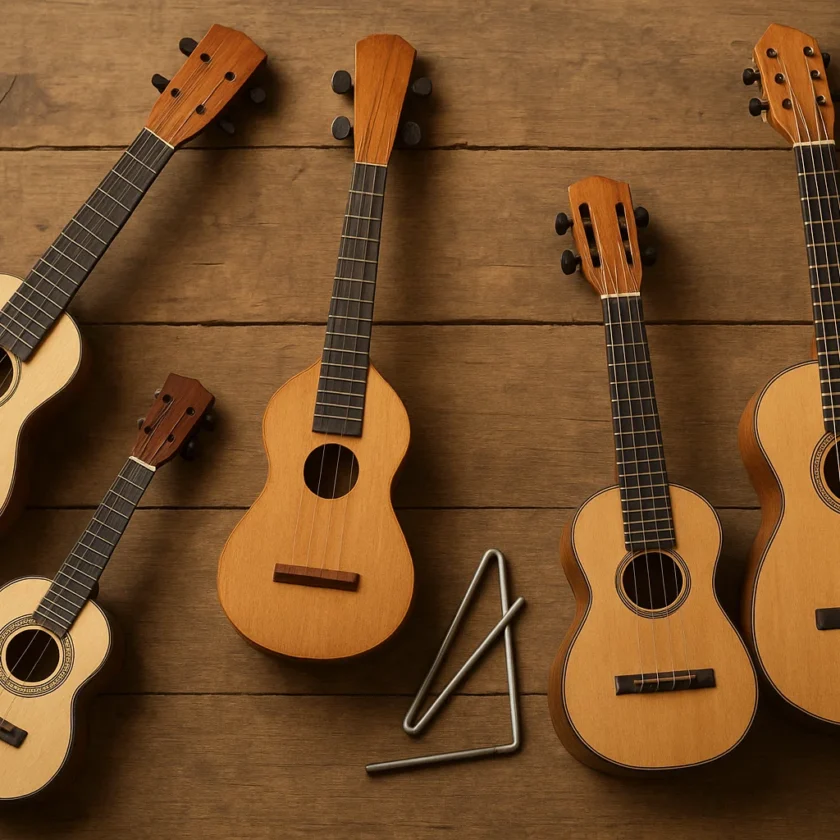
Traditional costumes
The clothing worn in Madeiran folk performances is equally emblematic. The female costume includes a brightly coloured vertical-striped skirt, embroidered white blouse, waistcoat, and the characteristic red carapuço (hood).
The male costume consists of a white shirt, waistcoat, white trousers, high leather boots, and a cap.
These costumes reflect historical influences adapted to the island’s climate and resources, and they serve as a strong visual symbol of Madeiran cultural identity.
The role of folklore in festivals
Music and folklore play a prominent role in Madeira’s main festivals, such as the Flower Festival, the Wine Festival, Christmas and New Year celebrations, and the São João Festivities. In each, folklore groups parade through the streets or perform on stage, sharing with locals and visitors the contagious joy of these traditions.
Many of these events feature parades and gatherings of folklore groups from across the island, reinforcing the importance of traditional music as a point of unity and community celebration.
Preserving and promoting this heritage
Despite the modernisation of daily life, Madeiran folklore remains alive thanks to the dedication of cultural groups, music schools, and recreational associations. These organisations promote dance and music classes, organise performances, and participate in international cultural exchanges.
The recording and archiving of songs, lyrics, and choreographies are also essential for preserving the heritage. Some local institutions and projects have undertaken ethnographic work documenting Madeira’s oral and musical history, ensuring that this legacy endures for future generations.
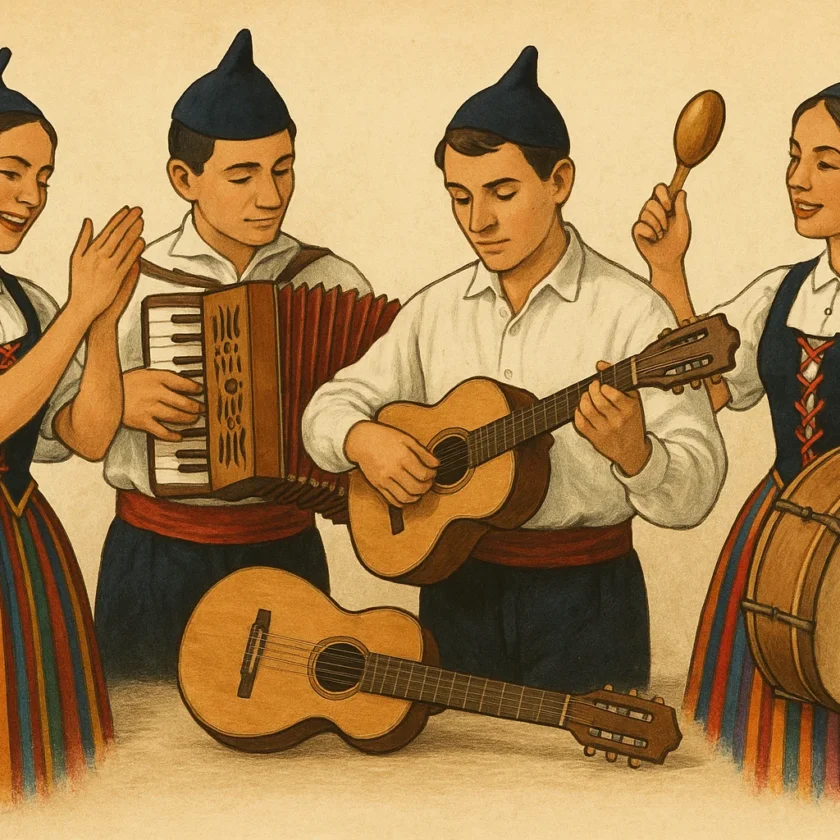
Madeiran folklore in the international context
Madeira has taken its folklore beyond its borders through cultural group tours, participation in international festivals, and artistic collaborations. In countries with significant Madeiran communities, such as Venezuela, South Africa, Canada, and the United States, these traditions remain alive and adapt to new contexts.
The sound of the rajão, the energy of the Bailinho, and the colourful costumes have become cultural ambassadors of the island, representing Madeiran joy and hospitality.
A legacy that continues to inspire
Madeiran music and folklore are not limited to reproducing the past. Many contemporary musicians draw inspiration from these traditions to create new compositions, blending the sound of the cavaquinho with modern styles such as jazz, pop, or electronic music. This fusion ensures the continuity and relevance of the heritage, making it appealing to younger audiences.
Conclusion
Madeiran music and folklore are more than a tourist attraction: they represent the soul of the island, its history, and the way the community expresses itself collectively. Between the vibrant sound of the Bailinho, the melody of the rajão, and the beauty of the traditional costumes lies a unique cultural heritage that continues to move and unite people.
Preserving this heritage means keeping alive an essential part of Madeiran identity, ensuring that future generations can feel and understand the richness of a legacy that stands the test of time.

